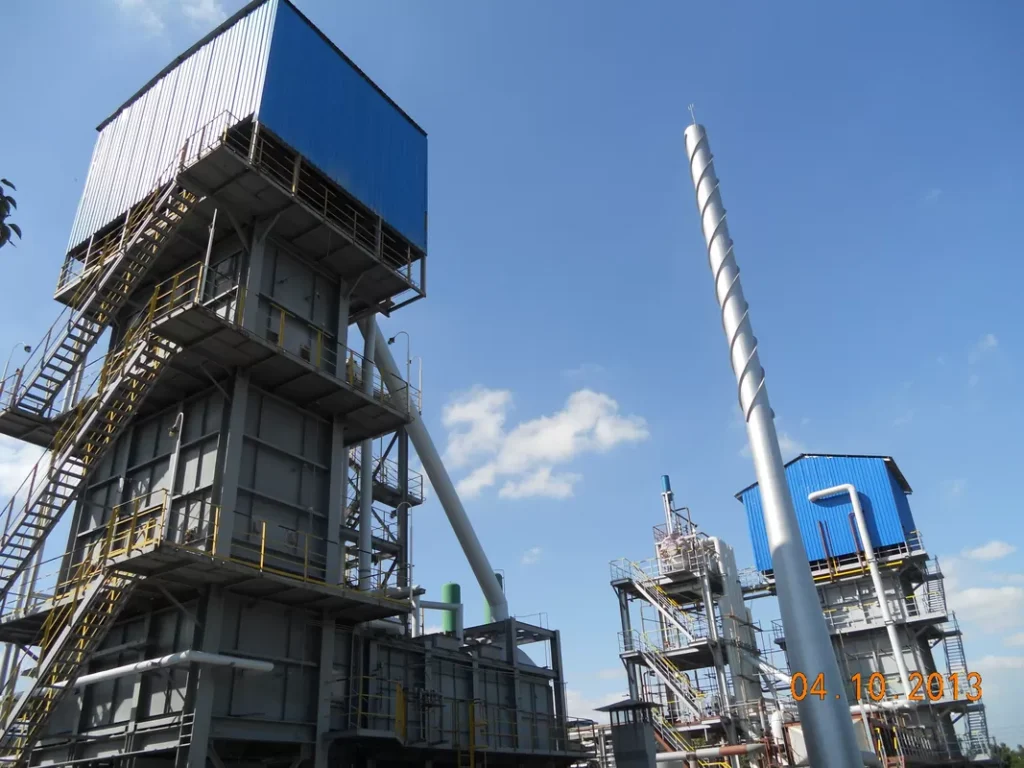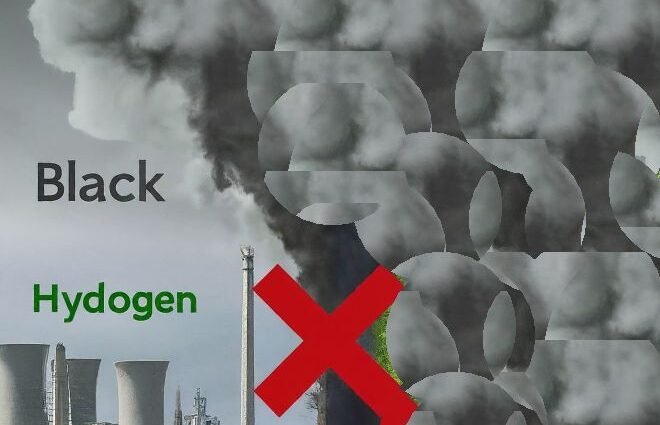Hydrogen isn’t one-size-fits-all. When it comes to climate impact, its production method matters a lot. It gets a color code based on how clean its production is. ‘Black or Grey’ hydrogen are the dirtiest culprits, made from fossil fuels like coal and natural gas. This process, called steam reforming, releases a lot of carbon emissions.

The Nitty Gritty:
- Natural Gas: The most common method uses methane (natural gas’ main ingredient) with steam under 3-25 bar pressure at 700-1100°C over a nickel-based catalyst. This breaks down the methane into hydrogen and carbon monoxide, with additional water converting the monoxide to even more hydrogen (and carbon dioxide).
- Coal: Coal gasification is similar, using high heat, steam, and oxygen to produce hydrogen, carbon monoxide, and carbon dioxide from coal.

The Problem:
Both methods rely on fossil fuels, leading to significant carbon emissions. Capturing the carbon dioxide is possible but expensive and energy-intensive. Even with capture, these methods still pollute, hence the “black” or “grey” label.
Black is the New Black (for Emissions):
The resulting hydrogen is “black” because of its high carbon footprint. While hydrogen itself is carbon-free, getting it from fossil fuels releases a lot of carbon dioxide. Black hydrogen creates over 20kg of CO2 per kg of hydrogen, making it barely better than using fossil fuels directly. (Think pink or red hydrogen, made with nuclear power, for a cleaner comparison.)

So while black hydrogen may appear as an easy option to tap into abundant fossil fuel resources, its climate impact makes it highly problematic. The world will need to work to transition to cleaner forms of hydrogen and that is still a ‘work-in-progress’ domain.
Reference- ECONews article, National Geographic, Futurism, Green Car Congress, New Horizon, BBC






